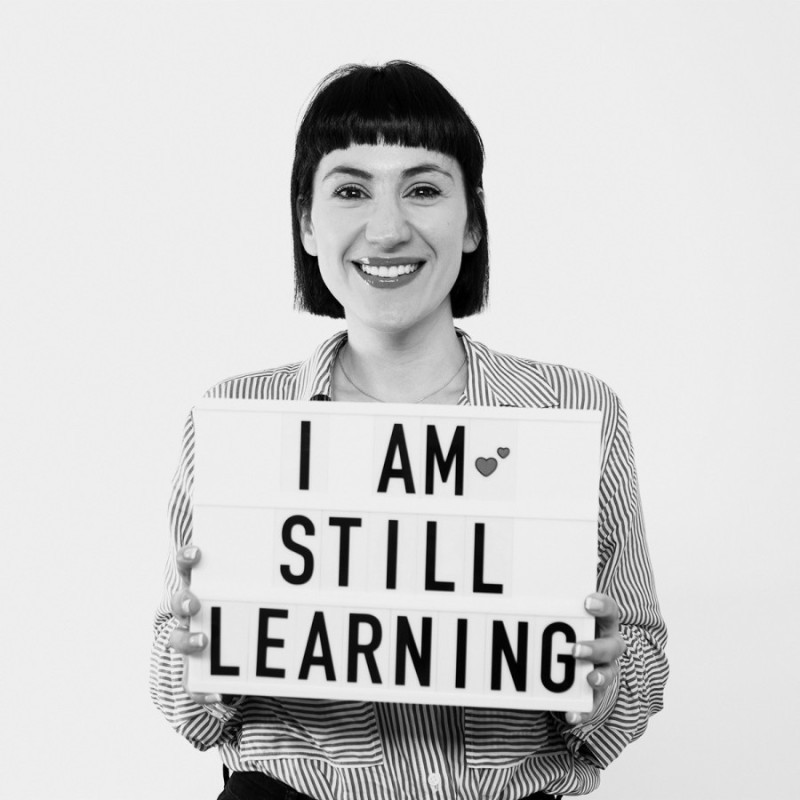One of the biggest gifts of the digital era is the access it grants to instant and infinite information, ideas and people. Any one of us can put out our thoughts and insights, and information is free. Indeed, participation has been democratized, and the stage belongs to us all.
But admission comes with responsibility — and the duty to recognize the effects of the ideas we share so readily.
Lately, I have been noticing a lot of language from our community that can feel quite polarizing. It often reads something like this:
“If you are doing this, then your organization must be that … ” or “If you aren’t doing this, then you are not committed to that … ” or “The top things you need to be doing to create this type of culture are … .”
“Top 10” type articles seem to bombard us with the latest expertise around what is right or wrong, hot or not, worthy of praise, criticism or mockery. Increasingly, people seem comfortable to expose a deficiency in the approach someone else takes, and it often feels like call-out culture, or one-upmanship, has permeated the L&D space.
I don’t know about you, but for me it feels like many times our community is reinforcing a world of either/ors: An LXP is either awesome or it must be entirely flawed. You are either teaching relevant skills or you are not moving the needle on skills development. You are either planning for the future of work or you will be totally left behind. Leaders are either toxic or they are kind and empathetic. Organizations either care about their people or they lack humanity in their approach.
It can feel very binary at times, and sometimes without nuance, context or a both/and mindset.
It can also feel confusing to receive this messaging alongside commitments and continuous social posts from the people community to support inclusive and diverse perspectives.
I wonder, are we losing sight of the plot? How can we be simultaneously concerned about building inclusive cultures and creating space for multiple viewpoints within our organizations, yet so readily dismiss the approaches of our peers within our broader community, especially without knowing the context within other organizations, the barriers and constraints or the overall organizational readiness?
Are we forgetting to honor the very polarities we intend to teach others to embrace as part of a world where multiple things can be true and there can be many ways to approach the same challenges or experiences?
I think the narrative we are co-creating comes from good intentions — people are likely frustrated or disappointed with the seemingly obvious misses they observe in the approaches of others and simply want to challenge one another. We have chosen this work because we believe in the good it can do, and I am sure we are troubled when others seem to dishonor their duty and get something “wrong”.
Perhaps I am naive, but I also think most people are doing what makes sense to them, doing their best in fact, and even if their best doesn’t seem right to us, we can’t know what we don’t know when it comes to someone else’s world.
More than this, I think we all have a duty to our perceived “wisdom” to share it with humility. We have all been the student and the teacher in our lives, likely at the very same moment — don’t we have a responsibility to elevate one another in our community, not tear one another down when trading ideas? This means choosing language that constructs rather than destructs and that supports empathy, understanding and curiosity.
This article is a call to action, a call to create space for others and to remember that we are all on the same team in this work – we rise or we fall as one community.
More than anything, this article is a call to kindness.
I am not talking about toxic positivity or silencing our voices because we don’t want to offend others. We need to encourage dialogue, idea trading and different perspectives. We need healthy tensions, counterpoint and discomfort to help each other keep growing. We need polarities.
I am talking about entering the conversation from a both/and mindset and remembering there are many truths, not just one. I am talking about our duty to set an example for how we can have inclusive conversations and leave space for others in the professional sphere. I am talking about remembering that no one answer is the unicorn, especially since the questions and contexts are ever-changing.
If our own team members were struggling to see something we believed was more effective or a better approach, how would we offer this feedback? Would we ask more questions, gather more information, assume positive intent- and provide an alternative way of viewing the situation that supports the learning mindset we all believe in? Would we also question our own perspective and ask what we might not be seeing?
I believe everyone in our community has good intentions — that we have all chosen this craft because we believe that central to the purpose and fulfillment of life is learning and growth, and that this space can bring such goodness to the workplace and the world. I also believe that words create culture, they shape meaning and the energy that something resonates at, and we need to approach our words with caution and care before we hit “post.”
Our words matter. Our intentions matter even more.
I struggle to write this because I know my viewpoint cannot exist without its opposite – that is the nature of all polarities. I also struggle to write this because I don’t want to promote a culture that reinforces the lack of something versus the possibility for something else. I have asked myself, does saying something make me part of the problem?
While I strive to choose words that build up rather than break down, I recognize that I may be failing to do that in the very writing of this, and realize the meta of my dilemma …
If you have ever read “A Course In Miracles” by Helen Schucman, you may be familiar with the quote, “Every choice you make is either an expression of love or an expression of fear. There is no other choice.”
I suppose I am leaving you with an either/or quote … but if we are living in a world of either/ors, this is one that I return to as I try to choose a mindset that feeds connection and unity — rather than separation.
I hope you will join me.















